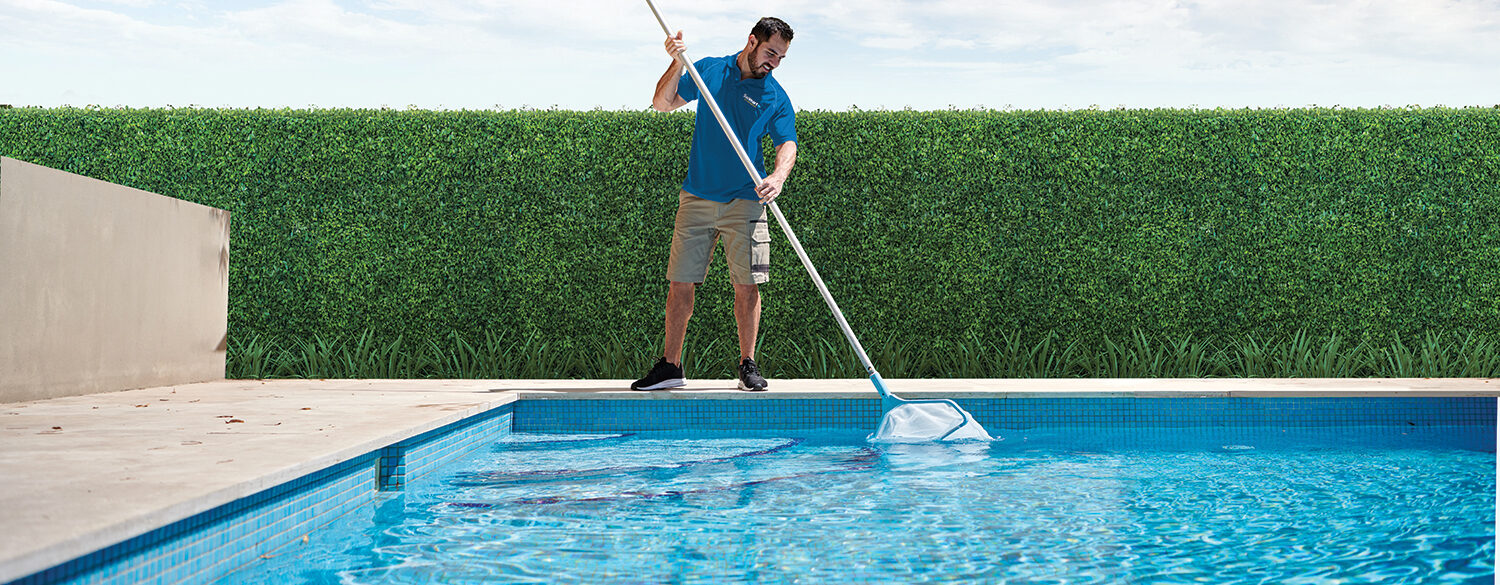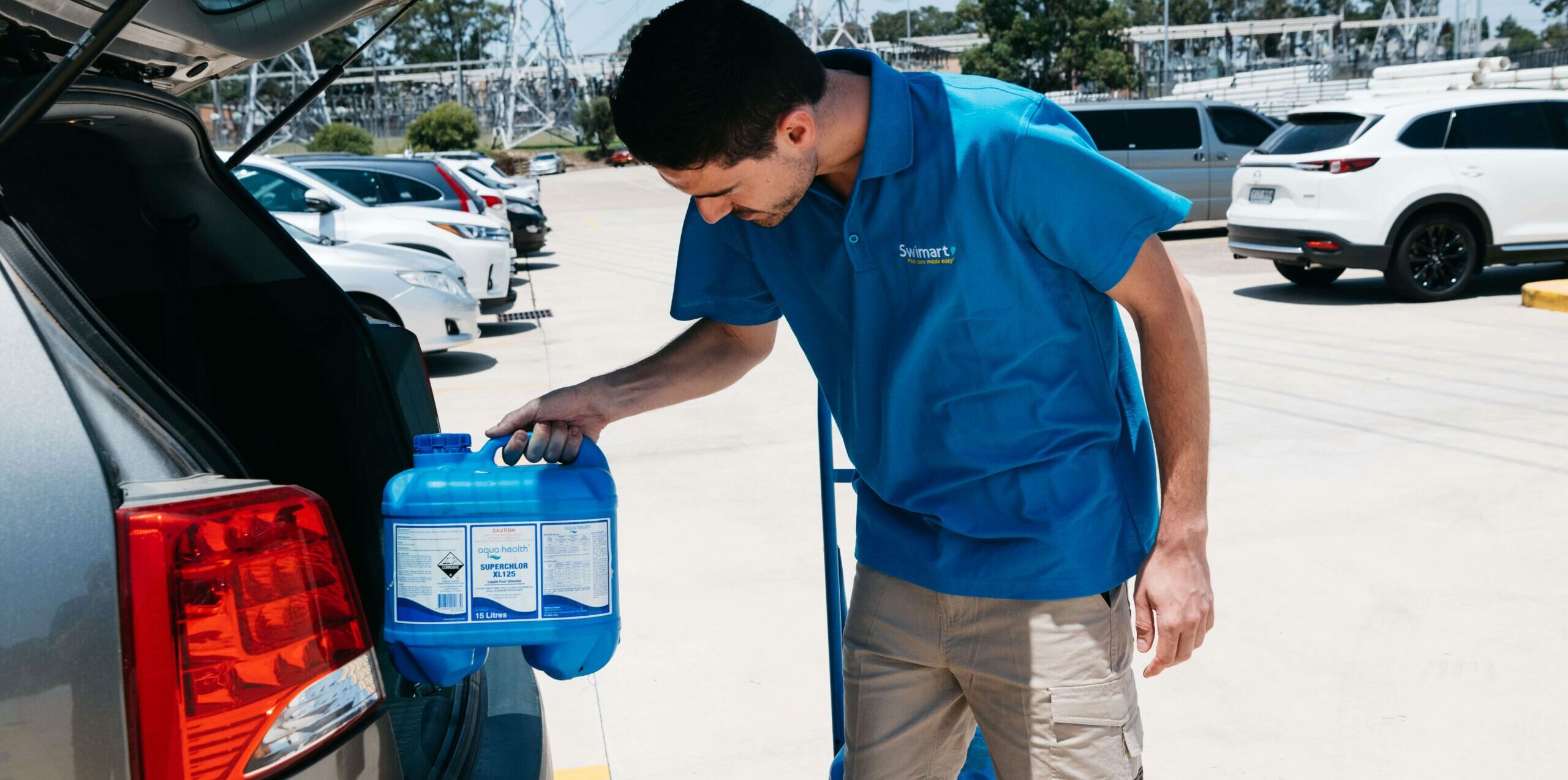| The ins and outs of pool fencing
Pool fencing can help prevent drownings by stopping youngsters getting into the water unsupervised and is mandatory in all Australian states. But that doesn't mean it has to detract from the aesthetics of your swimming area.
There are plenty of pool fencing options available ranging from DIY aluminium fence panels to barely there safety glass. What you choose will depend on your budget and where the pool is situated in your yard.
The first thing to consider is the legislation, while the laws vary between states and territories, all pool fences must meet Australian Standard, AS1926.1.
A fence that meets the standard:
- won't have gaps that are wide enough for a toddler to squeeze through
- won't have any climbing footholds
- will be at least 1.2m high with no more than 100mm ground clearance
- will be strong and rigid enough that a child can't force a gap in the bars or mesh
- will have materials and welds strong enough to withstand a heavy knock.
Royal Life Saving is campaigning for a unified approach to pool fencing to prevent the confusion that results from having differing laws in each state or territory.
What's out there
The two main pool fencing materials are aluminium and steel, which are usually made using upright bars joined by upper and lower rails.
The types of fences include:
- Flat top fences have vertical tube bars which are fixed and welded inside flat horizontal upper and lower rails.
- Loop-top fences have sections of tubular pipe bent through the upper rail so that each section of pipe forms two vertical bars rather than one.
- Double-top fences have two upper horizontal rails with decorative metalwork.
- Wire-based fences use thick vertical wires or rods instead of tubular rods. They are often more expensive per panel than the flat and loop-top fences and can be galvanised or powder-coated.
Safety glass is considered the high-end choice as it allows an uninterrupted view of the pool area. Glass panels are held in place by posts and spigots that are core-drilled or bolted into the concrete. Glass fences can be frameless, semi-framed, framed or in-ground.
Safety glass:
- Is made from solid sheets so there are no gaps for a child to squeeze through or climb.
- Is less visually obtrusive than most steel or aluminium fences.
- Comes in various thicknesses – usually 8, 10 and 12mm.
- Can be more expensive than metal fencing.
Inflatable kids' pools: These are also subject to fencing laws, as young children can drown in water only a few centimetres deep so if you have one of these pools that is deeper than 30cm, it must be fenced.
Pool owners can save on cost by doing the installation themselves, but it's imperative to check the regulations to ensure it complies with the required distances between the fence, pool and house as well as at the bottom. You must also ensure that the gate is balanced correctly so that it self-closes and self-latches easily. |


 AUS
AUS NZ
NZ 


